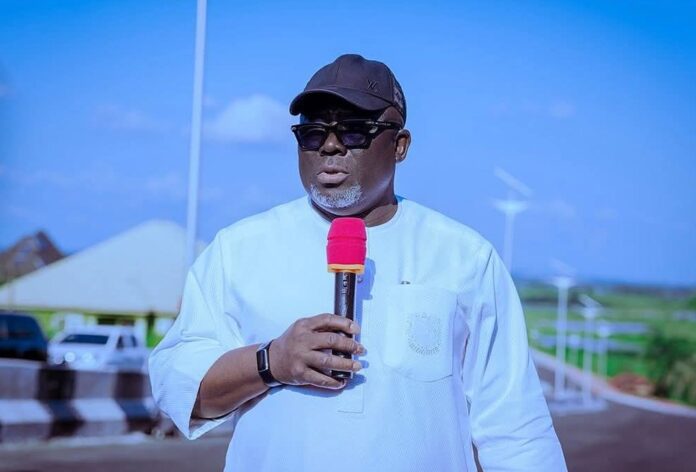ASABA, October 3, 2025 – The Delta State Government says it is stepping up efforts to provide reliable and affordable electricity to rural and riverine communities through a new partnership with the National Rural Electrification Agency (NREA).
Speaking on Thursday, the Commissioner for Economic Planning, Hon. Sunny Ekadeyan, explained that the project forms part of the state’s wider plan to transition to a more reliable and cost-effective energy system.
According to him, the recent meeting in Abuja with the NREA was part of a nationwide engagement with state governments. Delta State, he said, is the 14th state to be involved in the discussions.
Why Delta Has an Advantage
Ekadeyan pointed out that Delta has a strong advantage compared to many other states because it sits on the largest proven gas reserve in Nigeria and also enjoys abundant sunshine, making both gas and solar power viable options.
“As a responsible government, we want to deliver electricity services to our people at the most cost-effective price, using an energy mix—whether gas-powered, fossil, or solar,” he said.
He explained that the NREA is designed to attract private sector investors in renewable energy, particularly solar power. These investors, he noted, are ready to deploy solar mini-grid systems in communities with strong demand.
Focus on Small Towns and Riverine Communities
The commissioner stressed that the initiative would mainly target smaller towns and coastal communities across the state.
“Delta is largely made up of multi-town arrangements, with many small towns and riverine settlements. These are not villages, but they are not big cities either. For such communities, the best option is mini-grids—where power is generated, transmitted, and distributed within the same community. That way, you get electricity at the cheapest cost,” Ekadeyan said.
By contrast, he explained, bigger urban centers such as Asaba, Warri, and Sapele, with larger populations and industries, require bigger power projects like gas turbines instead of solar mini-grids.
How It Will Work
Ekadeyan clarified that the electrification model will not involve putting solar panels on individual rooftops. Instead, solar farms will be built within selected communities. These farms will generate and store electricity, which will then be distributed to households through a local mini-grid system.
Residents who subscribe will have their homes connected and metered, ensuring proper regulation and service delivery.
“This is a purely private sector initiative and investment,” the commissioner explained. “The state government’s role is to provide an enabling environment so that investors have the confidence to deploy resources in our communities.”
What to Expect Next
Ekadeyan added that some investors are already active in the state’s renewable energy space, a sign that the initiative is beginning to take root.
He also mentioned the D-CARES 2.0 programme, which has been approved but not yet formally launched. According to him, all groundwork has been completed, but official unveiling is still pending.
“For now, until D-CARES 2.0 is officially launched, everything else remains in preparation. But our people should know that something concrete is happening in the energy space,” he assured.



